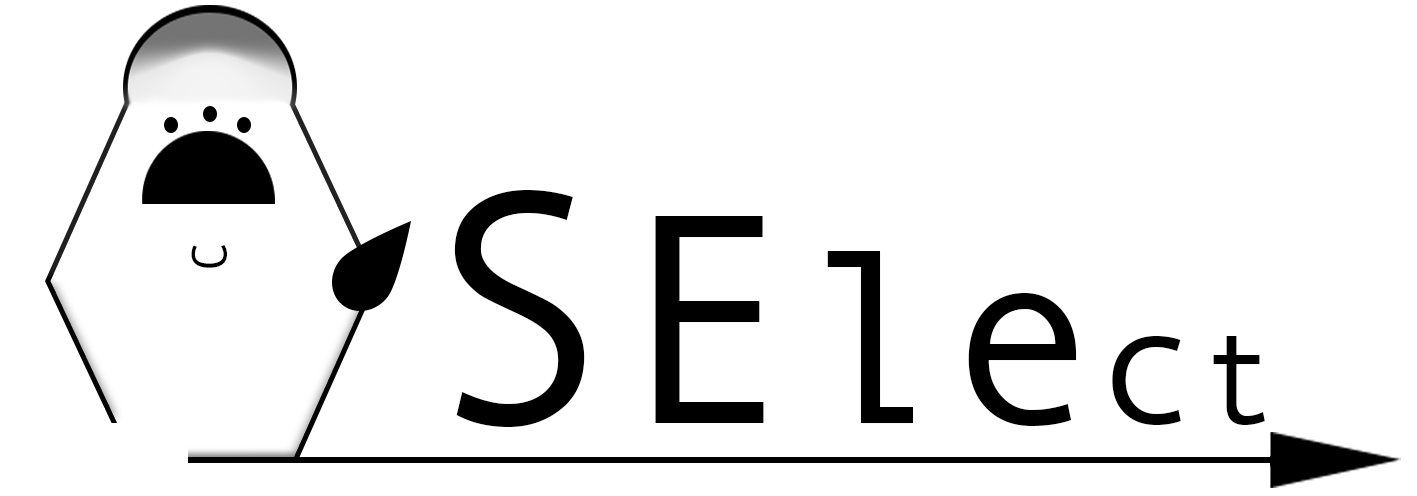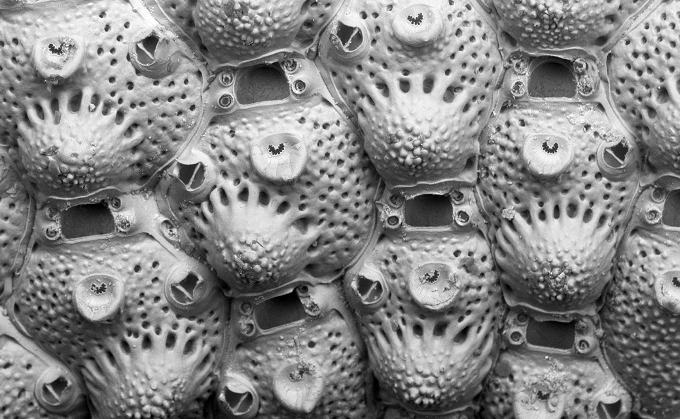Darwin's theory of natural selection is one of the pillars of evolutionary theory. It has shaped the diversity of organisms we see both living today and preserved in the fossil record.
However, even though fossils offer a direct window into selection in the deep past, many aspects of selection have only been studied in contemporary populations. The main obstacle to studying the "goodness of fit" of long extinct organisms to the environments in which they lived is the difficulty of measuring fitness.
The overarching goal of SELECT is to solve this fundamental challenge by merging theoretical models from quantitative genetics with paleontological data using a novel model system, cheilostome bryozoans, thus significantly contributing to an integrated understanding of evolution across time-scales.

 Objectives
Objectives
- Quantify past multivariate selection gradients for related species using fossil populations;
- Compare selection and rate of evolution in life-history versus non-life-history phenotypic traits;
- Estimate how ecological interactions affect phenotypic traits;
- Assess if and how life-history traits contribute to diversification dynamics.
These objectives will be achieved by compiling data from existing field samples aided by rapid phenotyping using a new automated machine-learning algorithm.
Cheilostome bryozoans as a model system
Cheilostome bryozoans are an optimal model system to study selection in fossil populations. They have an excellent fossil record; they are rich in species-level traits that are regularly preserved such that morphological species are identified with ease; their skeletal morphology corresponds to genetic species; an estimate for fecundity, a fitness component, can be gleaned from their preserved morphology; and their colonial nature allows to disentangle genetic effect along with environmental effect based on the variance in morphological traits.

Methodology
SELECT will use c. 10,000 fossil and modern colonies of five species of the cheilostome bryozoan genus Microporella from 10 different populations covering a time-interval from 2.3 million years and up to the Recent. Samples were collected in the Wanganui Basin (North Island, New Zealand), which contains the most complete and high-resolution stratigraphic record in the world for the Pleistocene. Measurements will be automated using a cutting-edge machine-learning tool to extract quantitative phenotypic data from SEM images.


